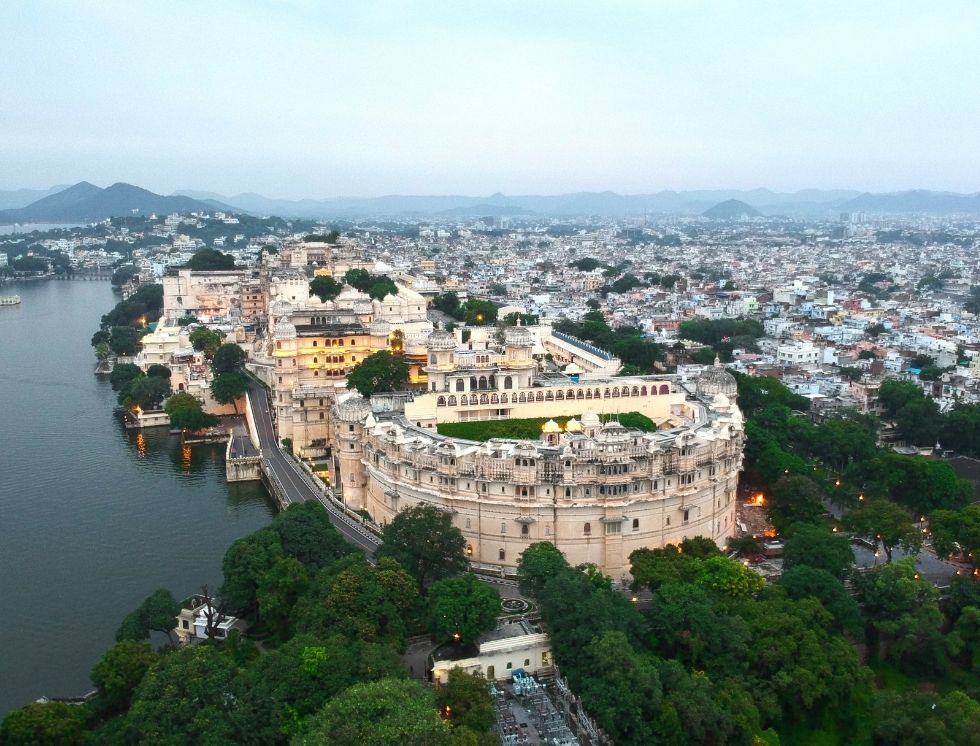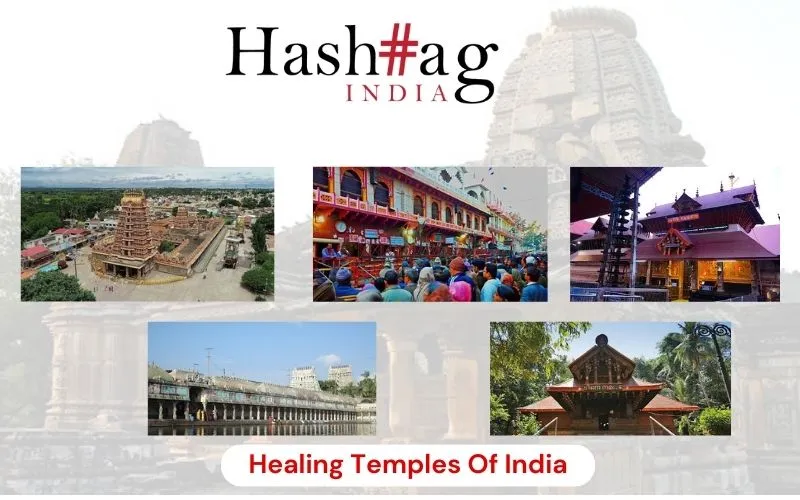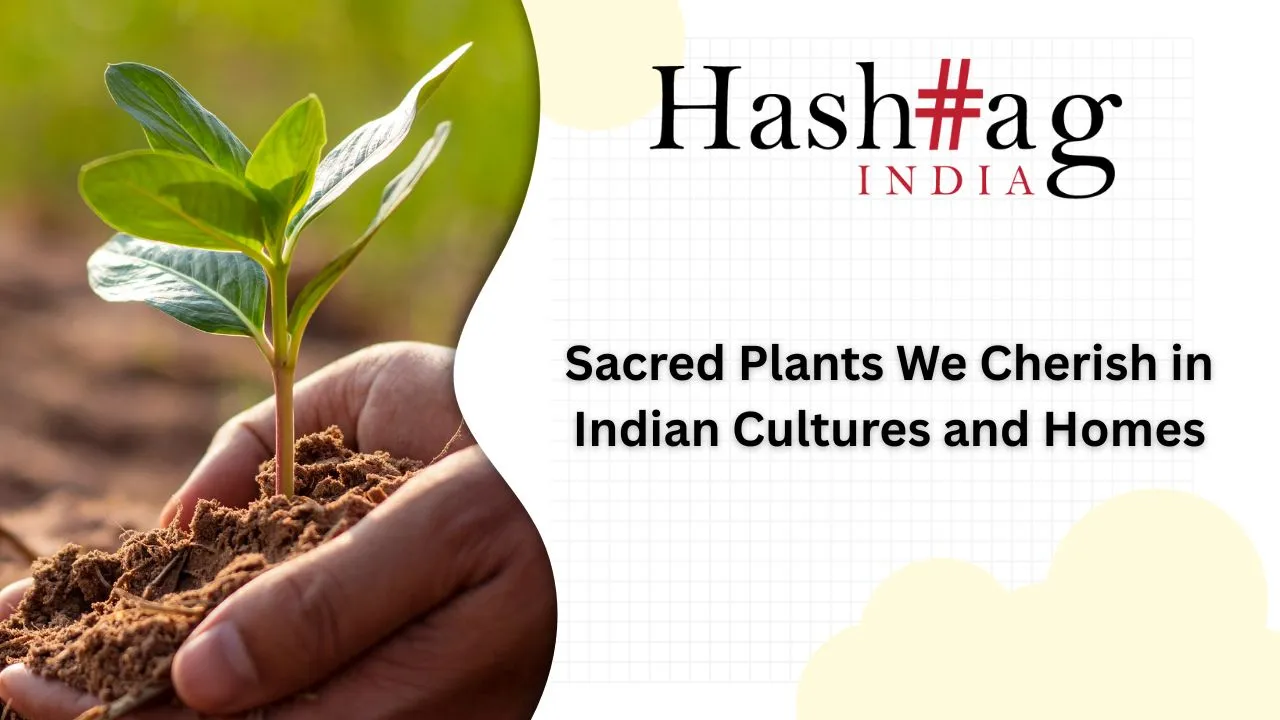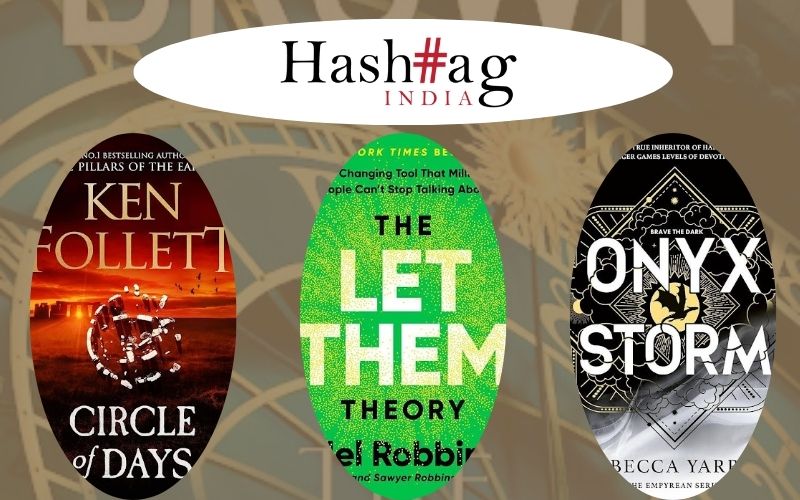Its famed precincts have served as a setting for movies as varied as Octopussy and Yeh Jawani Hai Diwani. Its picturesque setting dotting the magnificent Lake Pichola has ensured that it remains India’s best destination wedding. Mallik Thatipalli takes a walk down the majestic City Palace in Udaipur and details the wonder that is the City Palace Museum…
The brown façade of the City Palace can be viewed the minute one enters Udaipur. The city of lakes has long been a favoured destination for many a traveller since time immemorial and the City Palace is its crowning glory.
Built in the year 1569 by Maharana Udai Singh II, and home to 42 rulers from the House of Mewar for over 400 years, the complex consists of 11 palaces built over centuries. Each ruler brought their taste, resulting in an eclectic melange of styles ranging from Rajasthani and Mughal to Oriental and European. Today, the City Palace is divided into three parts: The City Palace Museums, the heritage hotels and the private residences of the Mewar Royals.
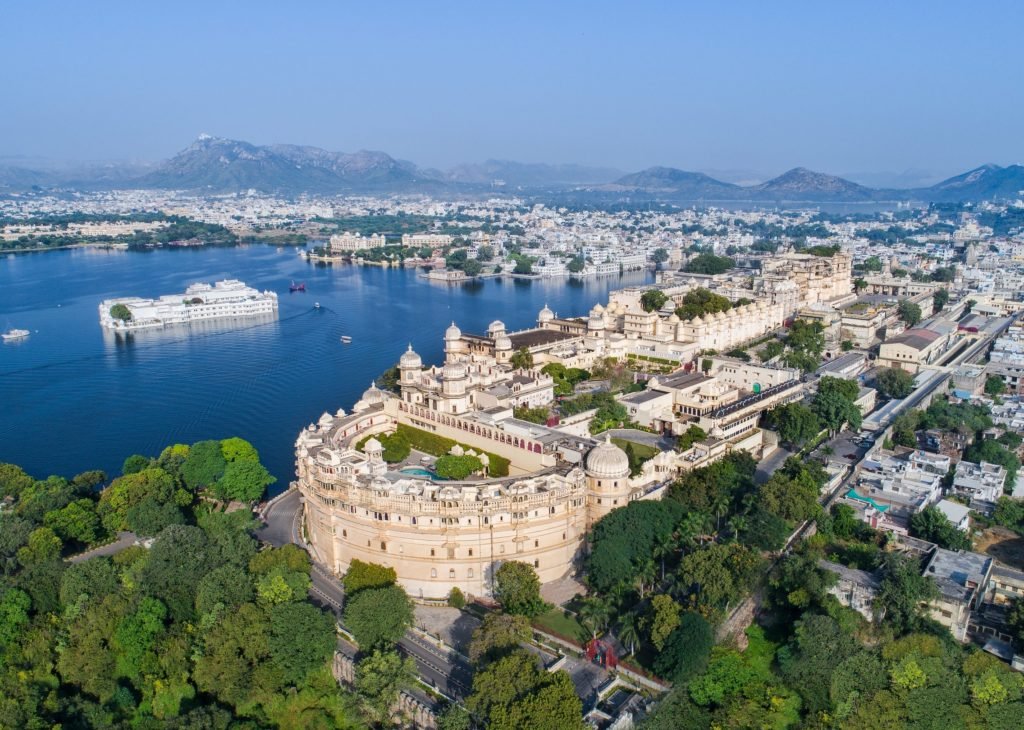
The Museum
Once you enter the gates of the majestic Badi Pol, a triple arched structure beckons you inside. It is where victorious Ranas and armies were welcomed back from their battles and even today, as tourists jostle to take selfies, one notices its regal aura.
The City Palace Museum was open to the public in 1969. Spread across 20,000 square metres, it is a literal walk-through the rich history of the House of Mewar. Immaculately maintained, it is interconnected via a labyrinthine maze of corridors and centuries-old staircases.
On an annual average, the museum receives more than 10,00,000 visitors.
It provides direct employment to over 500 staff-members; indirect employment to 200,000 of Udaipur’s residents. Apart from the many galleries, the museum is known for the Maharana Mewar special library, established in 1999-2000 in the underground vaults of The City Palace and spread over 2000 square metres.
The extension of the library also houses the Maharana Mewar Research Institute which was established in 1985 and is today acknowledged as a unique research institute of Rajasthan.
The History of the Mewar Royals
The royal family of Mewar and its mighty kingdom are believed to have descended from the Sun, Suryavanshisas they are called, tracing its lineage from Lord Rama through his elder son Lav.
Rawal Jaitra Singh (r. 1213-53 CE) shifted the capital to Chittor and constructed the fort wall for the first time. In the 16th century, Chittor faced several invasions; including rulers from Delhi, Malwa and Gujarat who were very ambitious and wanted to acquire Chittor for themselves.
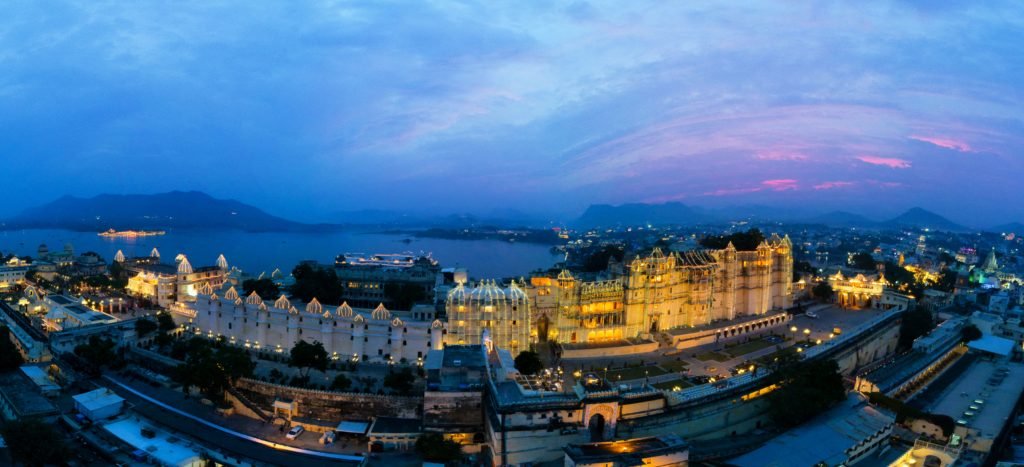
Maharana Udai Singh II (r. 1537-1572 CE) realized that he had to look elsewhere, someplace peaceful to establish his capital. After much wandering and deliberation, he came to this area, today known as Udaipur, named after the Maharana, in 1553 CE. The City Palace, Udaipur grew with successive reigns of the Maharanas, most of whom zealously pursued the architectural constructions and expansions of the established Palace Complex.
The majestic City Museum
With its sprawling courtyards and jharokha offering panoramic views, each area offers a speciality which shows the grandeur of India royals at the zenith of their power and influence.
The many collections the museum offers can rival the best museums in Europe and come showcasing the full might of Indian culture.
- Sculpture collection
The collection represents an unbroken tradition of stone carving from the 7th to 20th century including fine specimens from the Gurjara-Pratihara period; predominantly of serpentine and marble with limited examples of limestone and sandstone.
All of the 308 sculptures in the collection were once part of thriving temples in and around Shree Eklingnath Ji Temple, Kailashpuri. Hinduism and Jainism being two faiths flourishing in Rajasthan and surrounding regions, the collection is composed of Brahmanical and Jain icons or sculptural motifs.
It includes Gods, Goddesses, Surasundaris, animal motifs, architectural elements, narrative and decorative panels, and memorial stones. There are no Buddhist images in the collection. Each of the items provides an insight into the religious beliefs, faith and cultural traditions of the regions concerned.
- Photographs Gallery
The City Palace Museum, Udaipur, boasts of 28,000+ objects in the photographic archive, including old cameras, equipment, and glass plate negatives. The photographs vary in size and technique; cartes-de-visite, card photographs, photomontages, painted photographs with techniques including albumen prints, silver gelatin prints, platinum prints, and others, making for a vast repository of photographic material dating from the mid 19th to the early 20th centuries. They capture and feature not just the Maharanas and their courts or royalties from other regions but also the local elements; persons involved in the nitty-gritty of the Palace, as also visitors. The oldest photograph in the collection dates to 1860 CE, from the period of Maharana Swarup Singh (r. 1842-1861 CE).
- Paintings Gallery
There are around 1800 paintings in the collection, the oldest of which dates to the late 1500s. The painting belongs to the Mewar School and makes use of rich, vibrant colours. Gold and silver were also used to highlight important elements in the painting.
Several aspects of the life in Mewar and the involvements of the local folk are captured in this medium of paint. The Maharanas at times commissioned portraits of themselves. They also patronized works which illustrated royal processions, celebrations and rituals, visits to religious places or shrines, extravagant hunting scenes, animal fights and wrestling scenes. They serve as excellent visual narratives of the past.
- The Silver Gallery
The museum also boasts of a vast collection of silver items, previously under the custodianship of several generations of the Mewar family. Much of these are on display in the Silver Gallery; the first of its kind in all of Asia. Some of the items were hitherto rarely glimpsed by even residents of the Palace or visitors to Udaipur but are now open to the public.
Being a living heritage, some of the items find their way out of the gallery during certain parts of the year for rituals. The Ram Rewari, a portable shrine, is an example which transcends from a museum object into a sacred one for the Jal-Zoolni Ekadashi festival.
‘Regal seating’ in the collection includes a jewel-encrusted, lion motif throne, a Howdah to be mounted atop elephants, and a Tam-Jaam or a carry chair. Be it luxury or leisure, silver was carefully crafted to uttermost perfection; Huqqas, pen and inkstands, toys and even dressing cases. The museum also houses an exquisite collection of horse and elephant jewellery, and trappings that were used in grand ceremonial processions.
There are many other galleries ranging from arms and armament to clothes and musical instruments. Ideally, it takes one full day to take in the splendour on display, click that selfie and soak in the splendour of centuries of the House of Mewar.
The museum can be visited by the public anytime between 9:30 AM – 5:30 PM. The entry fee of the museum is Rs 250/- per person and different fares apply for carrying cameras and video recorders inside the museum.

